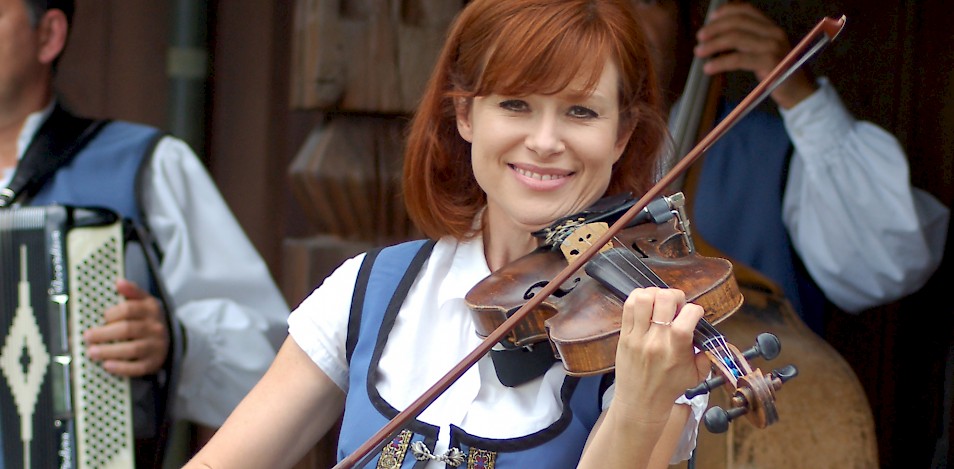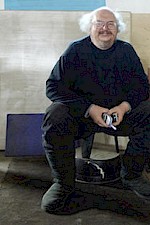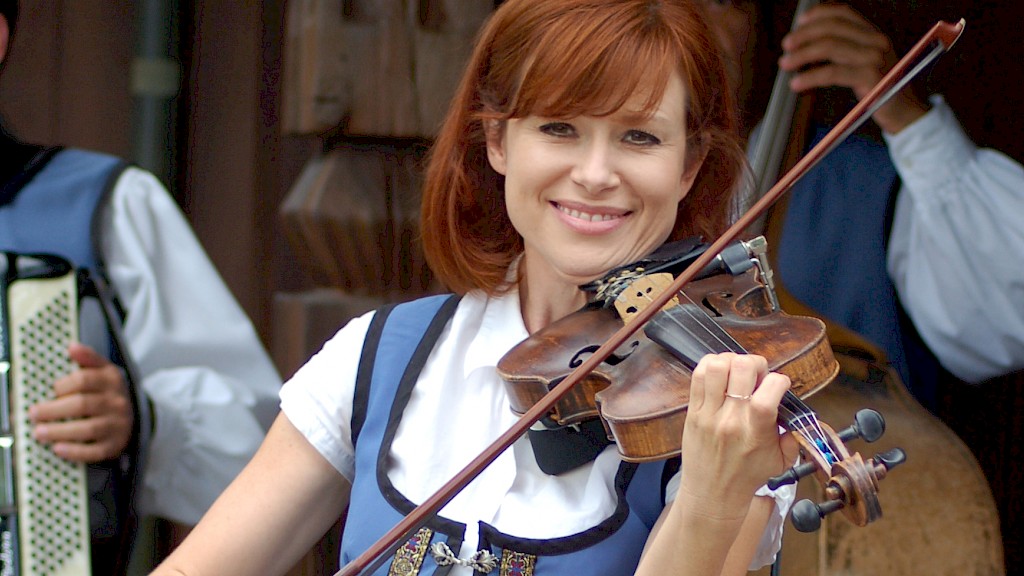Hearing Is Believing or Believing is Hearing?
For more than a century, it has been an article of faith that the violins made by the Old Italian Masters, Stadivari and Guarneri “Del Gesu” are the finest examples of the instrument ever made. Their tonality, projection and other characteristics set them apart from anything made before, contemporaneously – or since. Instruments made by those gentlemen sell for the price of prized real estate in most places. In 2010, a Strad violin sold for $3.6 million
And, if the fiddle comes with a pedigree, provenance, of being owned by a famous or great player, the price goes up accordingly.
BUT, is the reputation deserved? If you could devise and carry out a head-to-head test, how do the “Old Italian” master instruments really fare against their more modern counterparts? Researchers have started to find out.

2010 – Indianapolis
At the International Violin Competition of Indianapolis a double-blind test was conducted with “Old Italian” master violins and modern-day manufactures. In that test 21 experienced violinists, of varying levels, compared three new violins with three “Old Italian” instruments – two by Stradivari and one by Guarneri del Gesu. The “test” was in a hotel room and each player was given an hour.
The conclusion of that test was that the “most-preferred” violin was new and the “least-preferred” was a Strad.
But the study raised as many questions as it answered, if not more. The range of performance levels of the musicians, the hotel room setting as opposed to a concert hall, and the amount of time each musician had with the instruments all opened avenues for further investigation.
2014 – More Extensive Study
In a study published in 2014, seven researchers, a group including a violinmaker, academics and musicians, expanded and refined the Indianapolis experiment. While this was also a double-blind test, this time there were only 10 violinists, but they were all world-renowned. They ranged in age from 20 to 62. The premise of the experiment was that the violinists were testing instruments to replace the one he/she currently played for an upcoming tour. All but one of the violinists currently played “Old Italian” violins.
Other differences were the evaluation space used. Rather than a single session, each player had an opportunity to “audition” the instruments in two settings. For the first session, a hotel room was used as a “rehearsal” space; and for the second, a 300-seat concert hall was used.
This allowed the players to hear the instrument close-up as well as to get a sense of what it would sound like in concert. They received “listening” reports and other feedback.
Going back to the original premise, “choose an instrument to replace yours on your upcoming tour,” six soloists chose “new” instruments, while four chose Stardivaris. A single new violin was chosen four times and a single Strad, three times.
Subscribe to Ohm News & Views to get the latest posts in your inbox
Listen Up – Follow Up!
While the study just described confirms the earlier work and supports the idea that modern violins can and sometimes do “outplay” their “Old Italian” relatives, what about the final piece? The listener. The two earlier studies described evaluate the instruments almost exclusively from the player’s perspective.
Four of the researchers involved in the 2014 study attempted to discover if experienced listeners had preferences for new or old instruments and to what degree.
This most recent study is detailed in their paper appearing in the current issue of the Proceedings of the National Academy of Sciences. The study looked principally at “projection” of sound, as it was perceived by the audience.
An experiment was designed where a group of experienced listeners was presented with pairs of violins being played by world-class masters. Each pair consisted of a “new” violin and a Strad. The Strad was chosen as the example of the “Old Italian” because of its legendary projection.
The soloist was behind an acoustically transparent screen so that no clue could be sub-consciously transmitted to the audience. The experiment was done in Paris with a total of 55 listeners and in New York with a total of 82 listeners.
The Paris venue was a 300-seat concert hall and the New York space was a large concert hall at Cooper Union. The invited listeners in Paris included luthiers, musicians, audiophiles, music critics, and acousticians. The New York listeners were drawn from attendees of a Mondomusica exhibition of handcrafted instruments.
The results of the listening tests paralleled the findings established by the players, and even more dramatically. To quote from the study’s conclusion, “The results are unambiguous: listeners found that the new violins projected significantly better than those by Stradivari. Moreover, listeners preferred new violins over old by a significant margin.”
The methodology of all three studies is as interesting as the results they bore. I urge all interested to take a look at the studies and consider, perhaps, how others might be done. It is easy to imagine similar methods being applied to hi-fi equipment.
I am also confident that the results of these studies, and others should their results be similar, will have absolutely no effect on the prices paid for Stradivari and Guarneri instruments. Such is the power of legend and provenance.
As a footnote, for those in Southern California who are interested in getting a closer look and listen to an “old master” violin, one will be displayed and played at the upcoming LA Audio Show, June 2-4. Sanders Chase will perform on a 1734 Paolo Testore violin. It is the same make and model played by Petr Messierer, First Violin of the Talich Quartet from 1970 to 1997.
Enjoy and Good Listening!
John
John Strohbeen Author
John Strohbeen was the President and Chief Engineer of Ohm Acoustics from 1978-2023.


